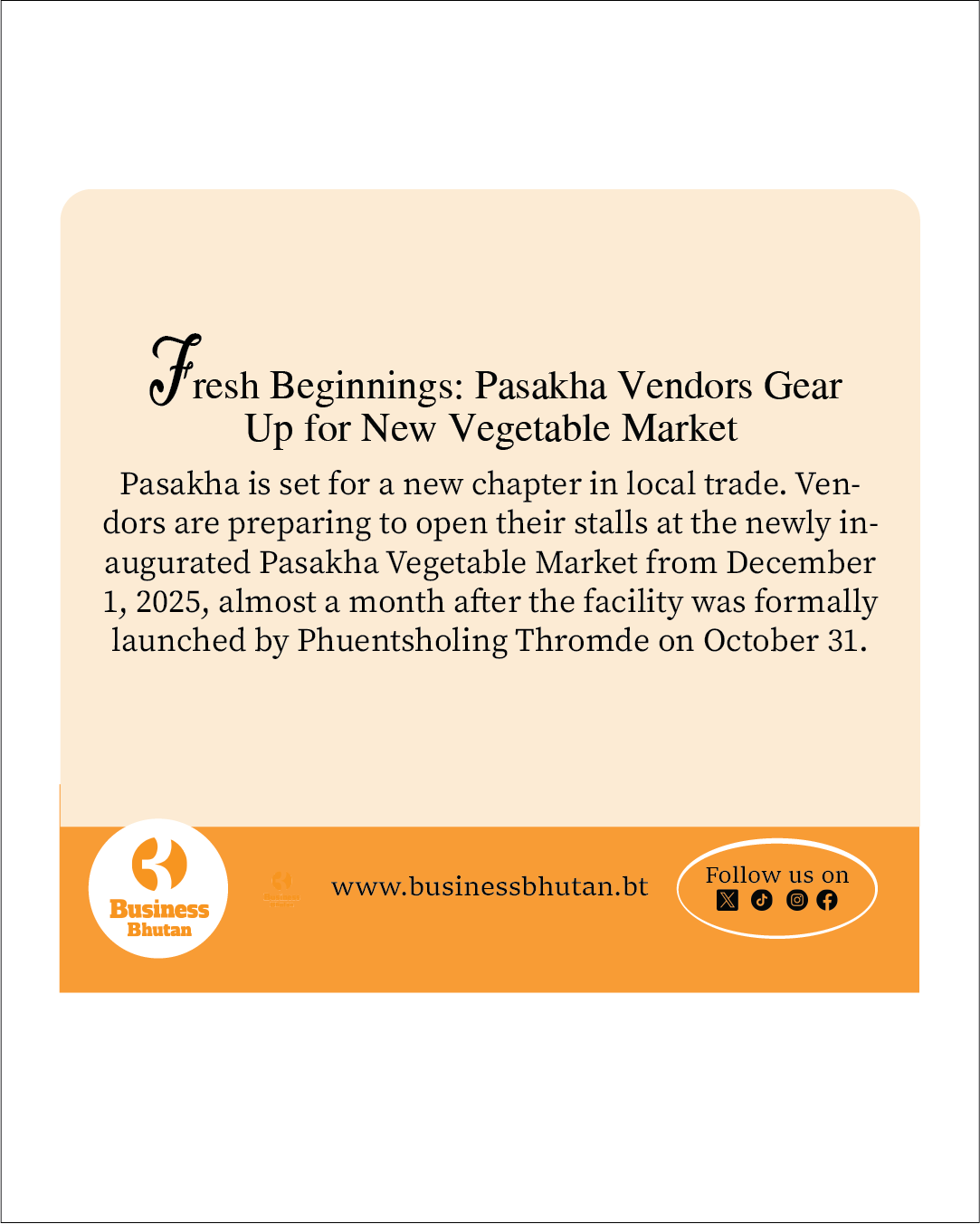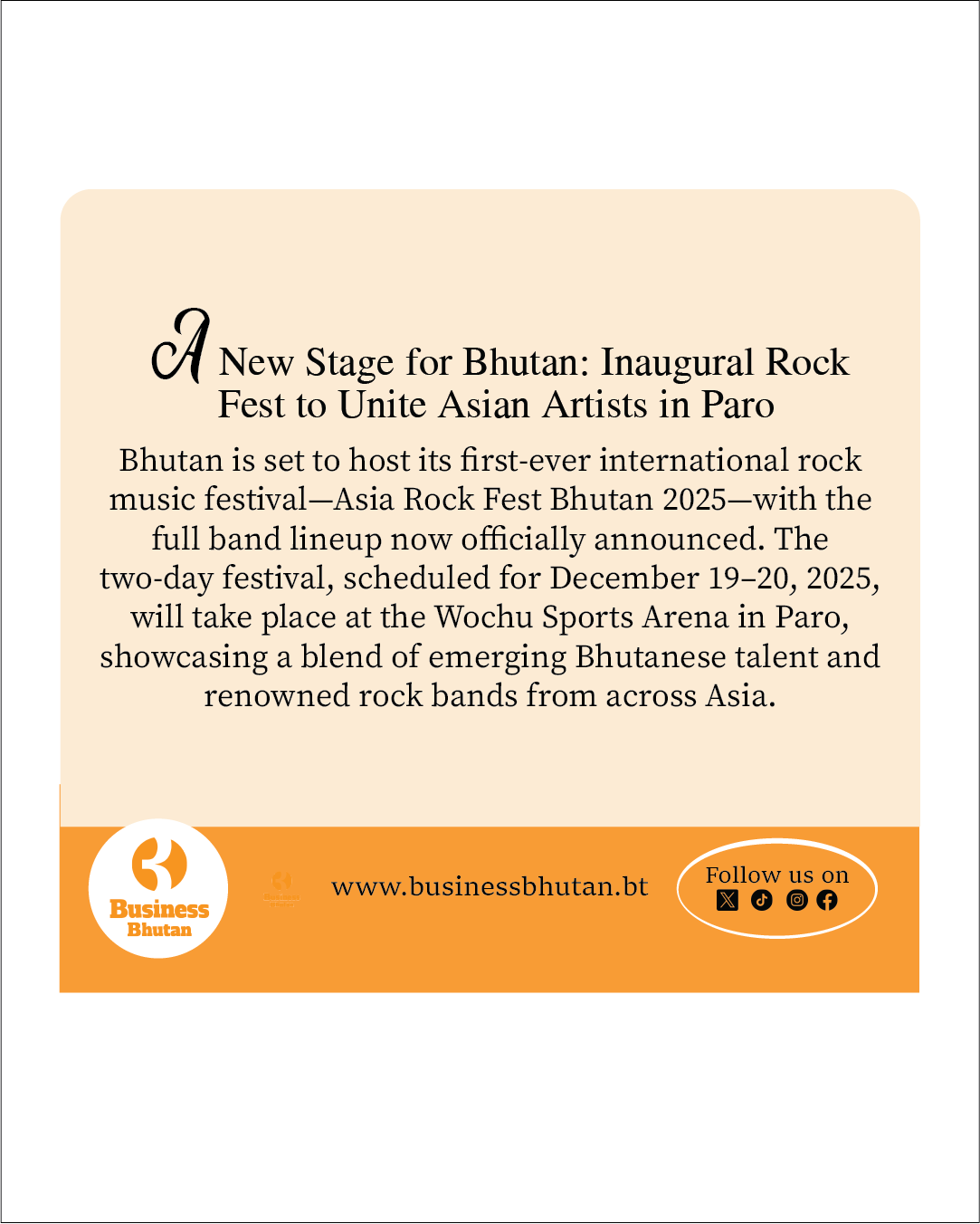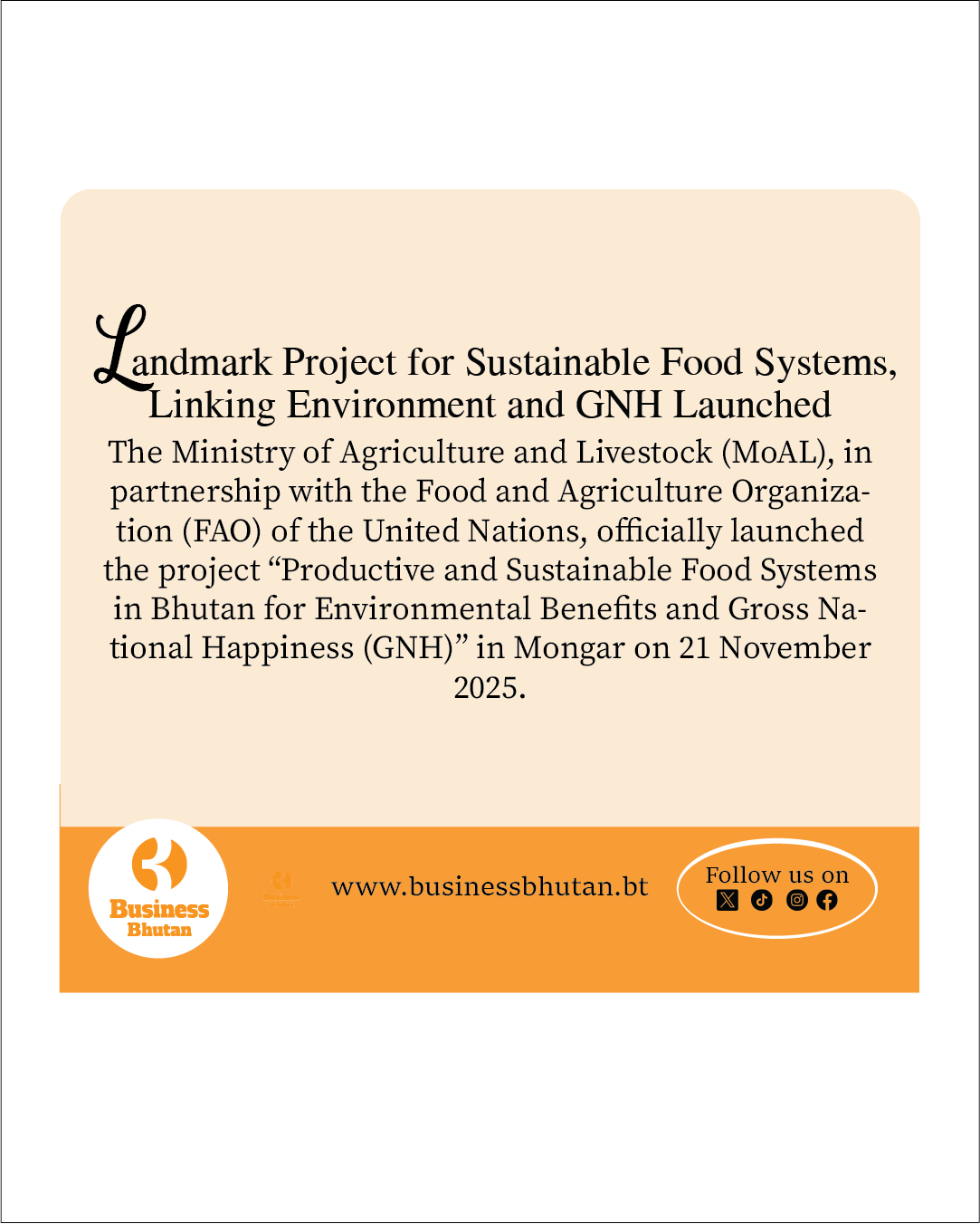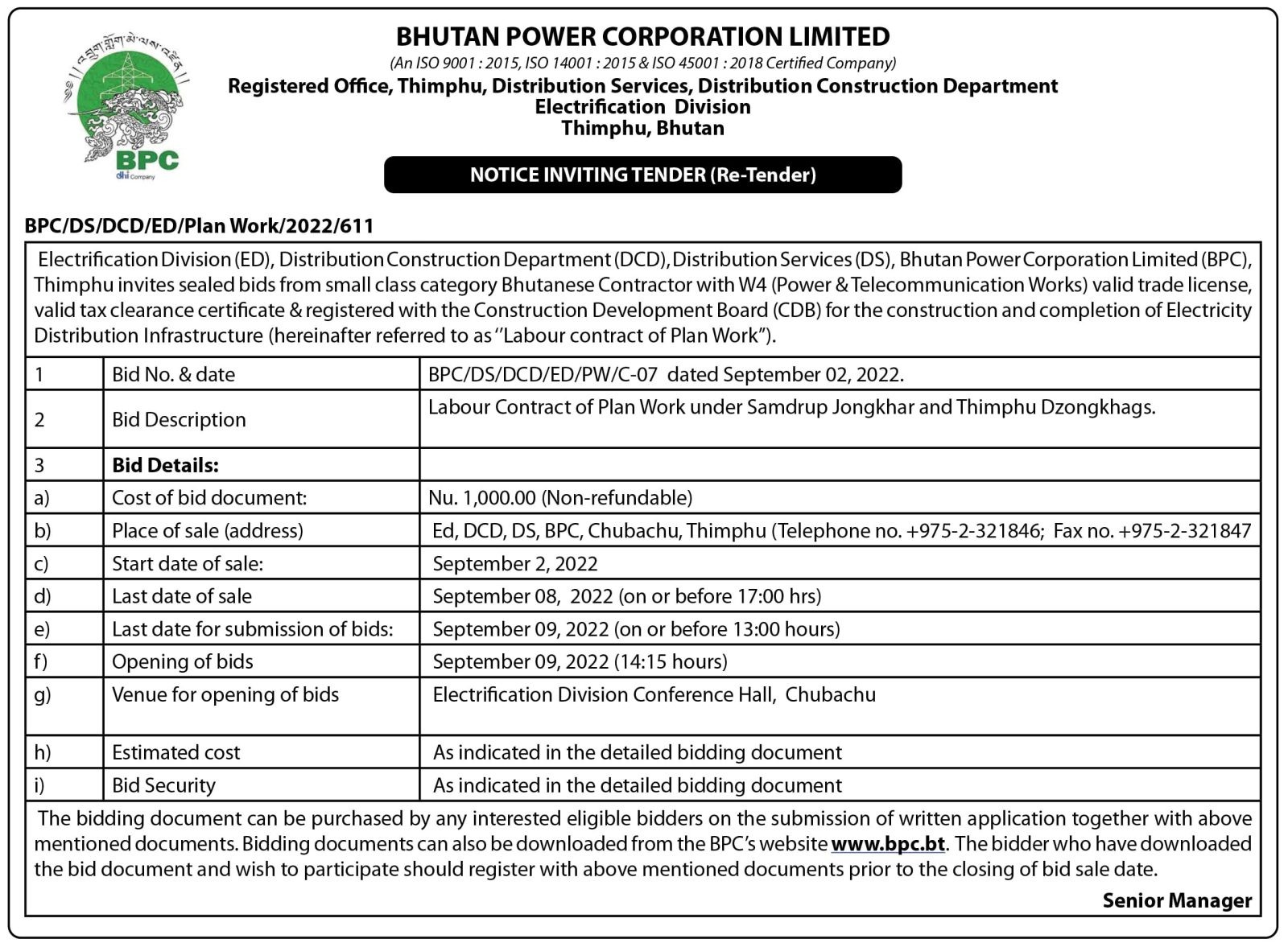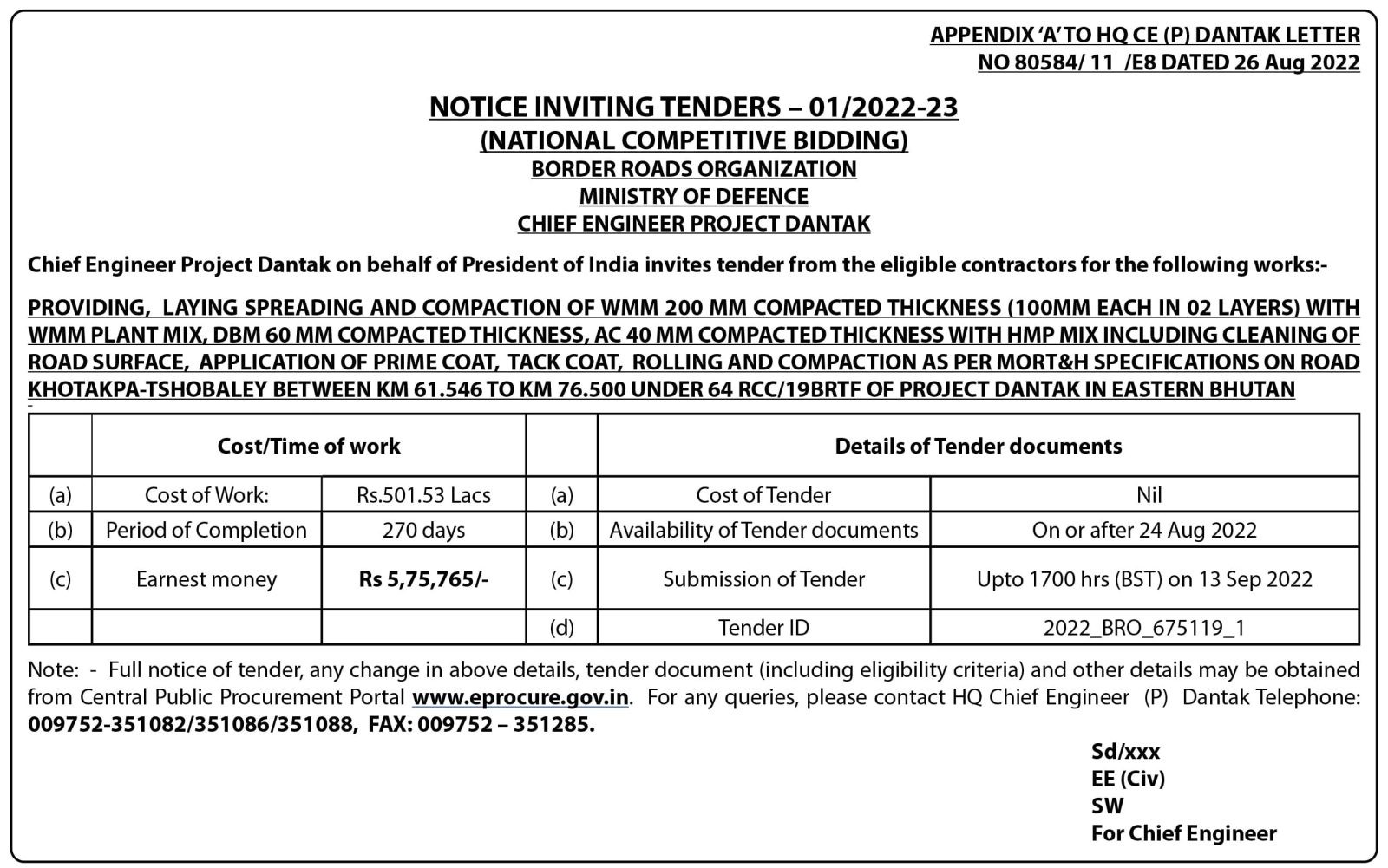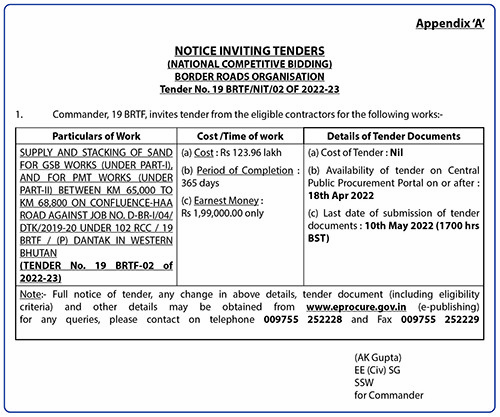Druk Holding and Investments (DHI) is spearheading the Phuentsholing Township Development Project (PTDP), a major urban initiative envisioned to transform the landscape of Bhutan’s key commercial gateway. The initiative is being developed in close coordination with the Ministry of Infrastructure and Transport to ensure alignment with national and local urban planning priorities.
According to Infrastructure and Transport Minister Chandra Bahadur Gurung, recent discussions have centered on clarifying how PTDP will be integrated within the broader framework of Phuentsholing Thromde and its surrounding areas. “There is an ongoing need for further consultation between DHI and the Ministry to define the Ministry’s role and support mechanisms for the project’s planning and governance,” the Minister stated.
The Phuentsholing Township Development Project (PTDP), spearheaded by Druk Holding and Investments (DHI), is envisioned as a landmark initiative that blends contemporary urban planning principles with Bhutan’s unique cultural and architectural heritage. Strategically located on 66 hectares (157.66 acres) of reclaimed land along the Amochhu River, near Bhutan’s southwestern border with India, the project aims to catalyze regional development while maintaining environmental and cultural integrity. Funded through a strategic partnership between the Asian Development Bank (ADB) and DHI, the PTDP is set to become a model for sustainable and inclusive urban growth in Bhutan.
The township has been meticulously planned to mitigate flood risks along the Amochhu River while positioning Phuentsholing as a dynamic regional economic hub. Central to its design is a comprehensive flood management system—comprising raised embankments, retention basins, and permeable surfaces—that not only protects new and existing developments but also enhances the area’s ecological health.
At the same time, PTDP emphasizes sustainability and resilience through green building standards, energy-efficient infrastructure, and extensive public open spaces that double as stormwater buffers. These measures ensure the township weathers climate extremes without compromising functionality or comfort.
Crucially, the project seeks a harmonious integration with Phuentsholing’s existing urban fabric by respecting local street patterns, preserving landmark sightlines, and incorporating Bhutan’s distinctive architectural motifs—such as traditional rooflines, timber detailing, and indigenous stonework—into contemporary building forms. This approach creates a connected, walkable community that honors cultural heritage even as it embraces modern urban living.
The PTDP will be composed of nine distinct precincts, featuring a mix of residential, commercial, and green spaces. Plans include: 165 residential buildings, 4 commercial complexes, 30 mixed-use structures, 5 convention centers and amusement parks, sports facilities, and open spaces.
Designed to accommodate between 11,000 and 15,000 residents, the Phuentsholing Township Development Project (PTDP) is being developed in line with the principles of New Urbanism—an urban planning philosophy that emphasizes human-scale neighborhoods, mixed-use development, and sustainable mobility. At its core, the township aims to create a livable, inclusive, and environmentally responsible community that fosters both economic vitality and quality of life.
Walkability is a key feature of the township’s design, with a network of pedestrian-friendly streets, shaded pathways, and interconnected open spaces encouraging residents to move safely and comfortably without reliance on private vehicles. Essential services such as schools, shops, health centers, and workplaces will be within walking distance of residential areas, reducing travel time and promoting active lifestyles.
Environmental stewardship is embedded into every aspect of the township. Over 50% of the total land area is dedicated to public green spaces—including urban parks, riverside promenades, gardens, and recreational areas—providing ecological benefits such as improved air quality, biodiversity conservation, and climate resilience. These spaces also serve important social functions, creating venues for community gathering, cultural expression, and leisure.
Smart infrastructure will further enhance the township’s functionality and sustainability. Integrated utility systems, energy-efficient buildings, and digital technologies for urban management—such as smart lighting, waste management, and water monitoring—are planned to ensure resource efficiency and responsive service delivery.
By uniting traditional Bhutanese values with cutting-edge urban planning, the PTDP is poised to become a model for future-ready development in Bhutan and the wider South Asian region.
The PTDP has emerged as a prime investment destination, offering a compelling mix of strategic location, flexible development opportunities, and alignment with national priorities. Strategically located in Phuentsholing—Bhutan’s commercial gateway—PTDP benefits from direct connectivity to key South Asian markets and immediate proximity to Jaigaon, India. This geographic advantage positions the township as a critical hub for cross-border trade, logistics, and regional commerce.
The development is designed with adaptability at its core, offering flexible land-use models and customizable land parcels to accommodate a wide spectrum of investment opportunities. Whether in commercial, residential, industrial, digital, or green infrastructure sectors, PTDP provides a versatile platform for businesses of all scales to establish and grow.
Moreover, the project is deeply aligned with Bhutan’s broader socio-environmental goals. It supports the nation’s long-term commitment to environmental sustainability by fostering a resilient urban landscape with low ecological impact. PTDP emphasizes green building practices, extensive open spaces, flood mitigation infrastructure, and sustainable urban planning—creating not only a viable economic zone but also a model for responsible development.
DHI has also indicated investment opportunities in key growth sectors such as data centers, green industries, and digital infrastructure. The organization describes the PTDP not merely as a real estate initiative, but as a catalyst for long-term socio-economic development. It is called as a project that goes beyond construction, and underlined as a vision for a sustainable, inclusive urban future, reflecting Bhutan’s commitment to innovation, environmental responsibility, and honoring Bhutan’s cultural and architectural legacy.
As PTDP progresses, it is poised to set a new national benchmark for urban development in Bhutan. The project exemplifies a forward-looking model of city-building that harmoniously integrates Bhutan’s rich cultural heritage with modern planning principles and cutting-edge infrastructure. By thoughtfully blending traditional architecture with contemporary design, and aligning ecological sustainability with urban growth, PTDP redefines what it means to create cities that are not only functional but also deeply rooted in national identity.
This initiative marks a pivotal moment in Bhutan’s urban planning trajectory—demonstrating how innovation can coexist with conservation, and how urban spaces can be designed to enhance both quality of life and climate resilience. With its emphasis on smart infrastructure, expansive green spaces, and inclusive urban amenities, PTDP embodies the vision of cities that are resilient to environmental challenges, adaptable to future needs, and conducive to sustainable economic and social development. It is a transformative step toward building urban centers that are not just livable today, but also prepared to thrive in the decades to come.
Sherab Dorji from Thimphu




![Fresh Beginnings: Pasakha Vendors Gear Up for New Vegetable Market - Duplicate - [#16963] Fresh Beginnings: Pasakha Vendors Gear Up for New Vegetable Market - Duplicate - [#16963]](https://businessbhutan.bt/wp-content/uploads/2025/11/Asset-200.png)
